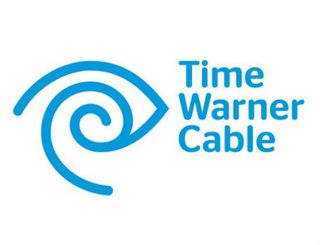TWC Unleashed 300-Meg Broadband To Some

Time Warner Cable said it has begun to offer broadband speeds of up to 300 Mbps (downstream) in parts of New York City and Los Angeles as part of its “TWC Maxx” all-digital network and service upgrade initiative.
In the upgraded areas, TWC subs who are on the MSO’s Standard tier (15 Mbps down by 1 Mbps upstream) are being bumped to 50x5, while customers on the Ultimate plan (100 x 5) are being accelerated to 300 x 20 at no extra charge, the MSO said, noting that customers will need a DOCSIS 3.0 modem to get the boost. Its Standard service runs about $57.99 per month, while Ultimate is priced about $107.99.
Areas that are getting the speed boost include Costa Mesa and West Hollywood in California, and in areas of Woodside (in Queens) and Staten Island in New York City.
TWC’s network and Internet speed upgrades are coming “soon” to the LA areas of Covina, Cypress, Hoover, Crenshaw District and Jefferson Park, and to upper Manhattan and additional neighborhoods in Queens and Staten Island in New York City. By the end of June, TWC will be delivering the new, faster speed plans to more than 200,000 customers, the MSO said.
Time Warner Cable Business Services unit has also introduced speed tiers of 100 Mbps down by 10 Mbps upstream, as well as 200x20 and 300x20 as new options, complementing the speeds of up to 10 Gbps it offers via its fiber-based Metro Ethernet platform tailored for larger commercial customers.
“These significant speed increases and network enhancements will allow our Internet customers to get the most out of their TWC experience,” “With this service transformation, our customers can enjoy all the ways they use TWC Internet even better, including streaming video, downloading music and more,” TWC chairman and CEO Robert Marcus said, in a statement.
TWC has completed its all-digital rollout in NYC, and expects to wrap it in L.A. by year-end. With the upgrade, TWC is also expanding its VOD library to 75,000 hours of content, and extending the reach of a new cloud-based interface for its video platform.
Multichannel Newsletter
The smarter way to stay on top of the multichannel video marketplace. Sign up below.
The upgrades are part of the MSO’s three-year ops plan announced in late January, weeks before Comcast announced its proposed acquisition of the nation’s second largest MSO.
